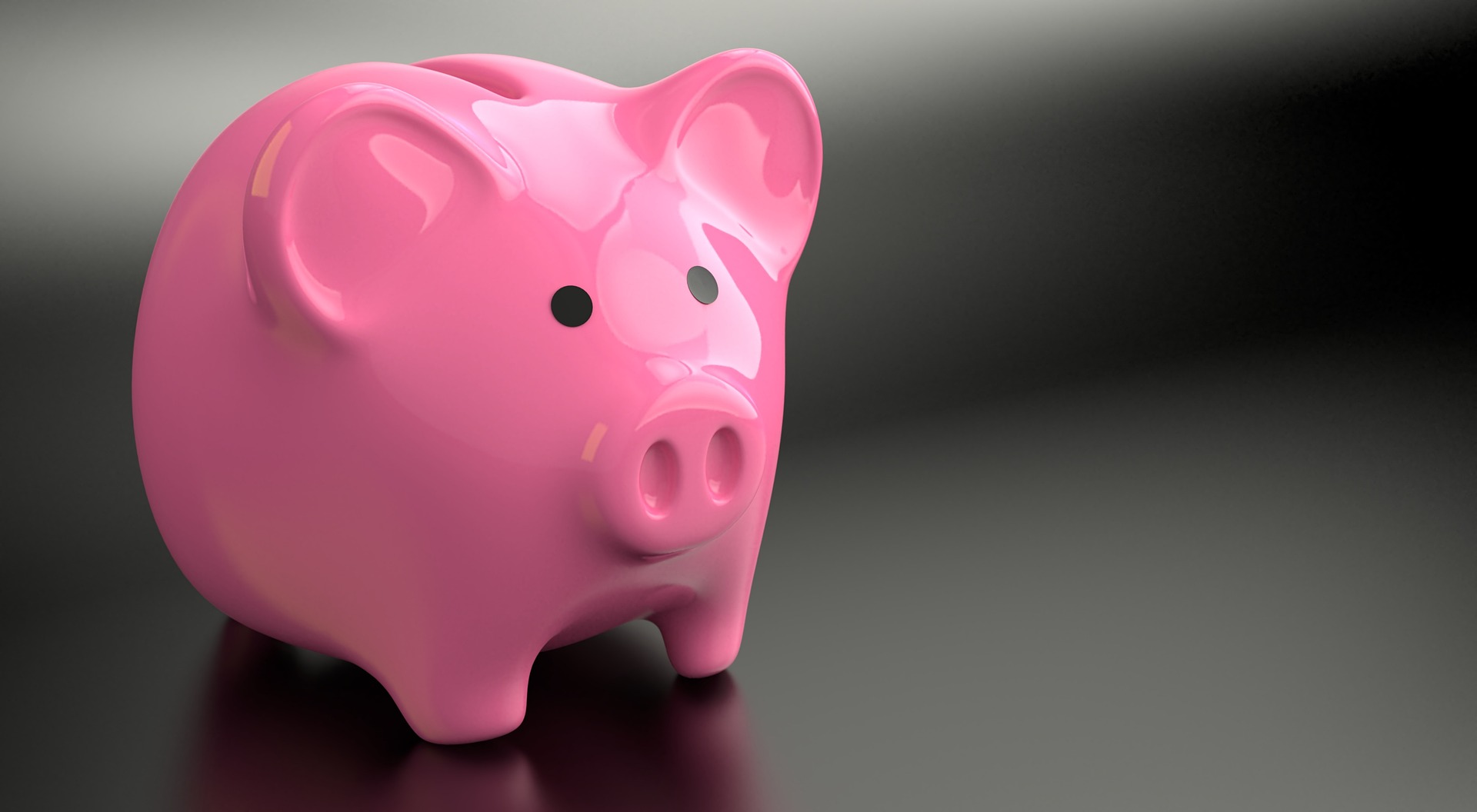A Comprehensive Guide to Used Playground Equipment
Used playground equipment offers an excellent opportunity for schools, communities, and families to create safe, engaging play spaces while managing budget constraints effectively. Whether you're establishing a new playground or upgrading existing facilities, understanding the used equipment market can help you make informed decisions that benefit both children and your organization's financial health.
Benefits of Used Playground Equipment
Purchasing used playground equipment provides significant financial advantages without compromising on quality or safety. The primary benefit lies in cost savings, with used equipment typically priced 30-70% lower than new installations. This substantial reduction allows organizations to allocate resources to other important areas while still providing children with quality play experiences.
Environmental sustainability represents another compelling advantage of choosing used equipment. By selecting pre-owned playground structures, buyers contribute to reducing waste and extending the lifecycle of durable materials like steel and aluminum. This approach aligns with growing environmental consciousness in educational and community settings.
Used equipment also offers faster installation timelines since many pieces are already assembled or require minimal setup compared to new installations. This efficiency means children can enjoy their new playground sooner, and organizations experience less disruption to daily operations.
How to Ensure Used Playground Equipment is Safe
Safety verification forms the cornerstone of any used playground equipment purchase. Begin by requesting maintenance records and safety inspection reports from the seller. Reputable dealers maintain comprehensive documentation showing the equipment’s history, including any repairs, modifications, or safety upgrades performed over time.
Physical inspection should focus on structural integrity, examining all joints, bolts, and connection points for signs of wear, rust, or damage. Pay particular attention to weight-bearing components and ensure all safety features like handrails, barriers, and non-slip surfaces remain intact and functional.
Professional safety certification provides additional peace of mind. Many used equipment dealers offer certified inspections by qualified playground safety inspectors who can identify potential hazards and recommend necessary repairs or modifications to meet current safety standards.
Key Buying Tips for Used Playground Equipment
Research the original manufacturer and model to understand the equipment’s specifications, age limits, and capacity requirements. This information helps ensure the equipment matches your intended users and space constraints. Verify that replacement parts remain available, as discontinued models may become difficult to maintain over time.
Consider transportation and installation costs when evaluating total expenses. Used equipment often requires professional disassembly, transportation, and reassembly, which can add significant costs to the initial purchase price. Obtain detailed quotes for these services before finalizing your decision.
Negotiate warranty terms with sellers, as many reputable dealers offer limited warranties on used equipment. While these may not match new equipment warranties, they provide valuable protection against hidden defects or premature failures.
Where to Find Reliable Sources for Used Playgrounds
Specialized playground equipment dealers represent the most reliable sources for used equipment. These businesses typically refurbish and certify their inventory, providing buyers with quality assurance and professional support throughout the purchasing process.
School districts and municipalities often sell surplus equipment when upgrading facilities. These sources frequently offer well-maintained equipment at competitive prices, though buyers should be prepared to handle removal and transportation independently.
Online marketplaces and auction sites provide broader selection but require more careful evaluation. When using these platforms, prioritize sellers with established reputations, detailed equipment descriptions, and clear return policies.
| Equipment Type | Typical Age Range | Cost Range | Key Considerations |
|---|---|---|---|
| Swing Sets | 2-15 years | $500-$3,000 | Chain condition, seat replacement needs |
| Climbing Structures | 5-20 years | $2,000-$15,000 | Structural integrity, safety surfacing requirements |
| Slides | 3-12 years | $300-$2,500 | Surface smoothness, attachment stability |
| Spring Riders | 8-25 years | $150-$800 | Spring mechanism function, seat condition |
Prices, rates, or cost estimates mentioned in this article are based on the latest available information but may change over time. Independent research is advised before making financial decisions.
Successfully purchasing used playground equipment requires balancing cost savings with safety requirements and quality expectations. By following proper evaluation procedures, working with reputable sellers, and conducting thorough inspections, organizations can create engaging play environments that serve children well for many years. Remember that investing in professional installation and regular maintenance will maximize the lifespan and safety of any used playground equipment purchase.





